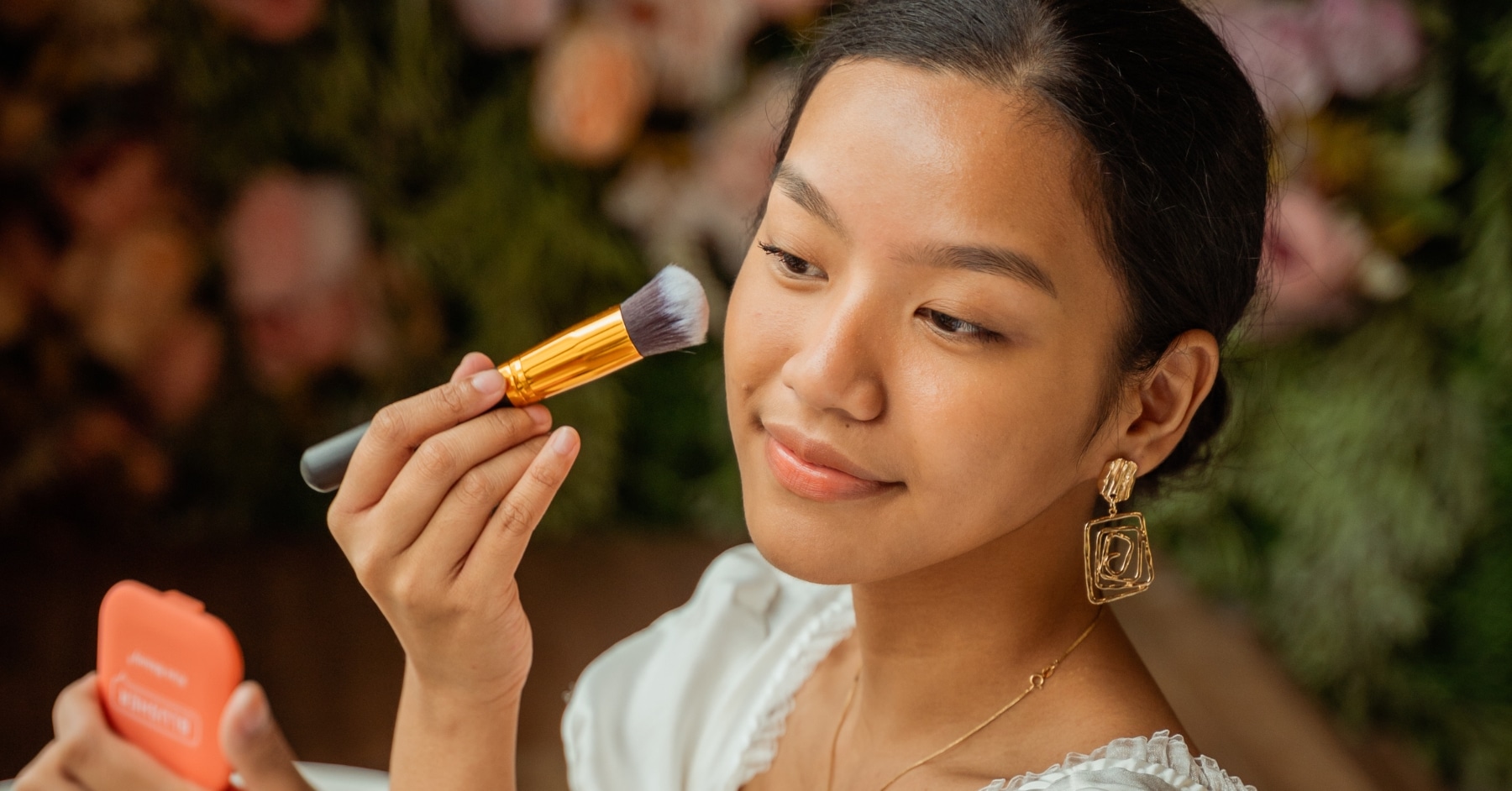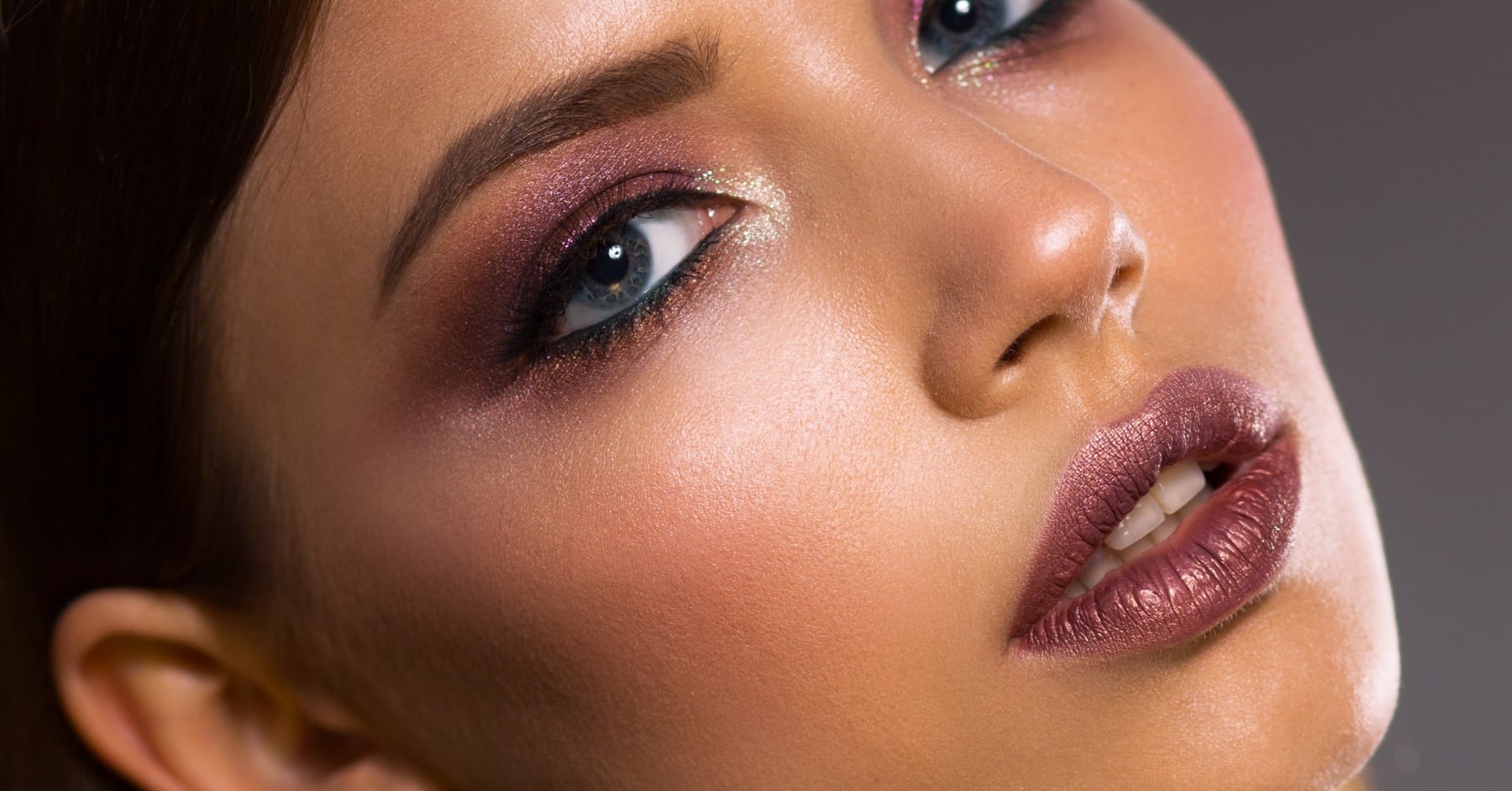Getting a new tattoo is an exciting experience, but once the ink is in your skin, the healing process begins – and with it, plenty of questions. One of the most common concerns people have is whether their tattoo should scab. The short answer? Yes, but only to a certain extent. Understanding what’s normal and what’s not during the healing process can help you protect your fresh ink and avoid complications.
What Causes a Tattoo to Scab?
Tattoos involve thousands of tiny punctures to the skin made by needles. Your body responds to this trauma as it would any wound – by beginning the healing process. Scabbing is your body’s natural way of forming a protective layer over the area as it heals, much like it would over a scrape or cut.
Scabbing tends to occur around day three to five after getting a tattoo, though this can vary depending on the size, placement, and how your body responds. Light scabbing is generally not a cause for concern, but heavier or thick scabbing may be a sign of something else.
When Scabbing Is Normal
Light, thin scabs that flake away easily are typically a normal part of healing. These scabs usually appear dry, slightly raised, and may even be a little itchy as your skin regenerates. Most tattoos will scab lightly and then begin to peel – revealing fresh, healed skin underneath.
It’s important to never pick or scratch at the scabs or peeling skin. Doing so can pull ink out of your tattoo and cause uneven colouring, scarring, or even infection. Instead, keep the area moisturised with a tattoo-safe product and follow the aftercare instructions given by your artist.
Signs of Problematic Scabbing
While some scabbing is expected, excessive or thick scabs can indicate a problem. If the scabs are large, dark, ooze pus, or are accompanied by redness and swelling, you may be experiencing an infection or allergic reaction. In rare cases, scabbing might be due to an ink allergy or sensitivity to aftercare products.
A 2019 study published in the Journal of Clinical and Aesthetic Dermatology noted that infections and allergic reactions are two of the most common complications associated with tattoos, though most are minor if treated early.
If you’re unsure, it’s always safest to check in with your tattoo artist or see a healthcare professional for advice.
Factors That Can Affect Healing
Several elements influence how your tattoo heals:
- Tattoo placement: Areas with thinner skin or more movement (like elbows or hands) tend to scab more.
- Tattoo size and detail: Larger or more detailed tattoos may scab more heavily because of the increased trauma to the skin.
- Aftercare routine: Over-washing, using products not intended for tattoos, or letting your skin dry out can all contribute to excessive scabbing.
Australia’s hot climate can also impact healing, especially during summer. Avoid swimming, sweating excessively, and sun exposure in the early days of healing. The Australian Tattooists Guild recommends keeping tattoos clean, dry, and protected from UV light to prevent complications.
How to Care for a Scabbing Tattoo
To care for a tattoo that’s scabbing normally, follow these basic tips:
- Wash gently with lukewarm water and a mild, fragrance-free soap.
- Pat dry with a clean towel – never rub.
- Apply a thin layer of a tattoo-safe moisturiser or ointment as recommended by your artist.
- Wear loose clothing over the area to avoid friction.
- Avoid sun exposure, swimming, and intense exercise until the area is fully healed.
For more information on how to protect your tattoo during healing, the Australian Department of Health provides general guidelines on aftercare and hygiene practices.
FAQs
Should my tattoo scab?
Yes — light scabbing is part of normal healing.
Should you moisturise tattoo scabs?
Yes, with a thin layer of tattoo-safe cream.
Is it better to dry heal or moisturise a tattoo?
Moisturising usually gives a better finish and less itch.
What is the best thing to put on a scabbing tattoo?
Tattoo aftercare cream — never petroleum jelly.
Can I go swimming while it’s scabbing?
No — wait until it’s fully healed to avoid infection.
Final Thoughts
Yes, your tattoo may scab – and in most cases, that’s perfectly normal. The key is knowing what’s expected and what might signal an issue. Light scabbing and peeling are all part of your body’s natural healing response. But if your tattoo develops thick scabs, becomes painful, or shows signs of infection, it’s best to get it checked out.
A bit of extra care during the healing phase goes a long way to keeping your tattoo looking fresh and vibrant for years to come.




